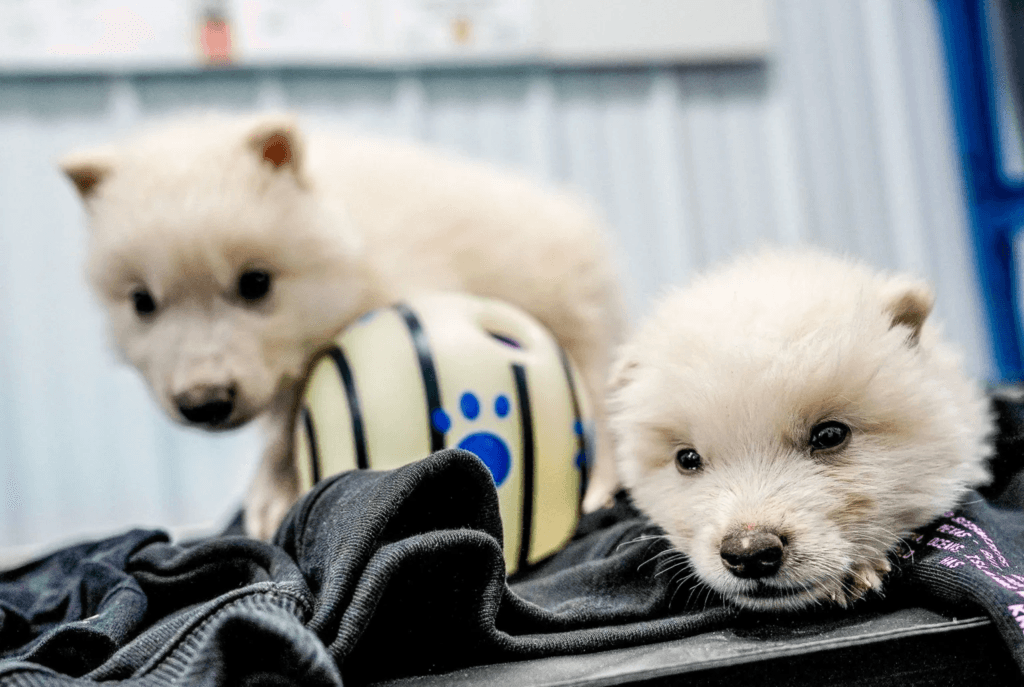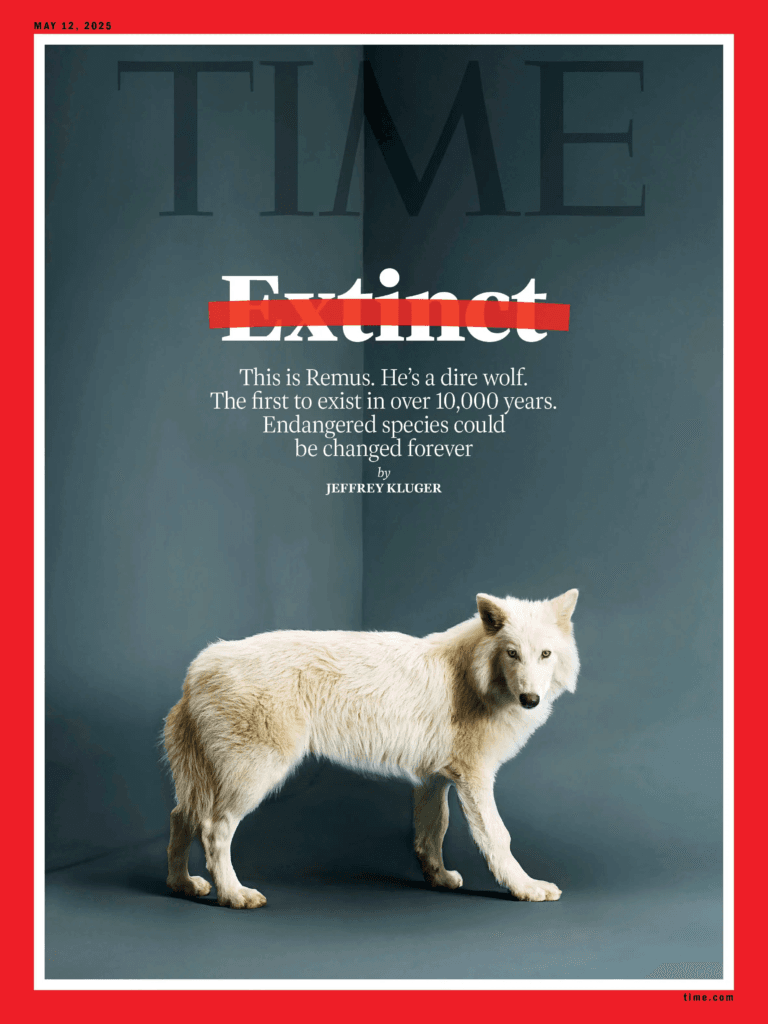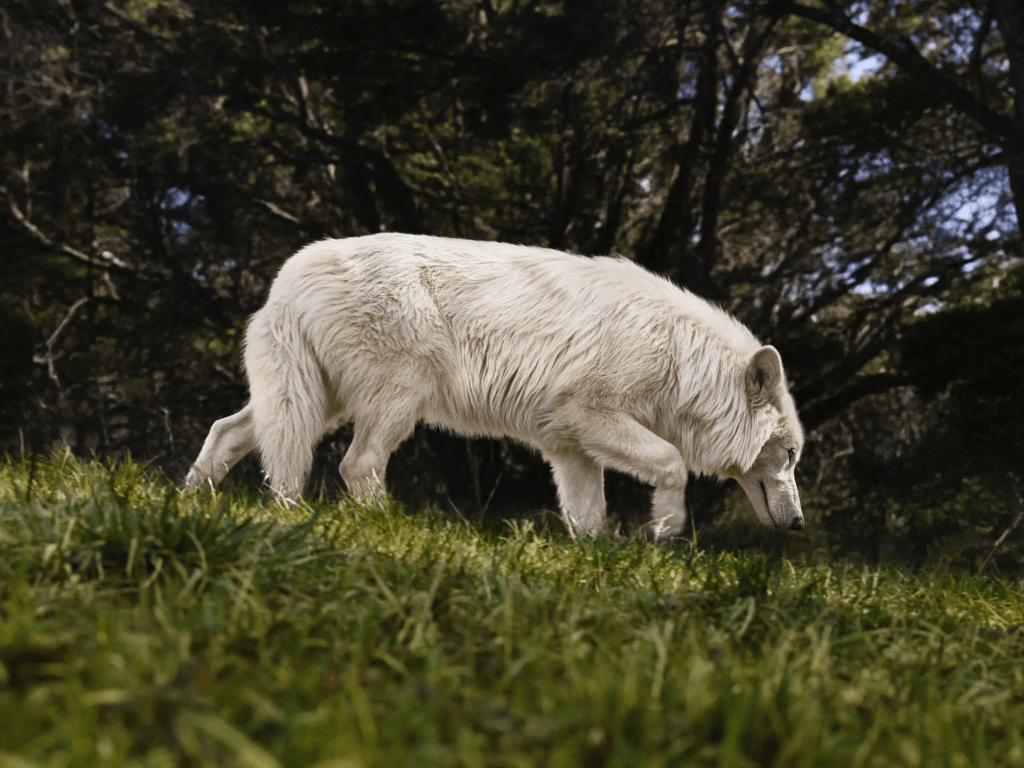
The iconic Time Magazine cover this week features a majestic snow-white wolf, headlined as the return of the dire wolf an ancient predator made famous by Game of Thrones. But the real story behind this scientific marvel goes far deeper than fiction.
The headline-grabbing development comes from biotech giant Colossal Biosciences, which claims to have bred three genetically engineered wolves that bear key traits of the long-extinct dire wolf, a species that once roamed the Americas over 10,000 years ago.

The trio — named Romulus, Remus, and Khaleesi — marks a major milestone in the rapidly advancing field of synthetic biology. Colossal used a combination of ancient DNA fragments and modern gene editing to engineer embryos that were later carried by domestic dog surrogates.
But are these animals truly dire wolves?
Not quite, say independent scientists.
“They’re genetically modified grey wolves,” explains Zoologist Philip Seddon from New Zealand’s University of Otago.
Ancient DNA expert Dr. Nic Rawlence further elaborates that the original dire wolf DNA was too degraded to clone directly, likening the process to “putting fresh DNA in a 500-degree oven overnight.”
Instead, Colossal’s team identified specific gene segments responsible for dire wolf traits — such as size, skull shape, and fur color — and edited those into grey wolf DNA. The result is a hybrid, not a full genetic resurrection.
Despite that, Dr. Beth Shapiro, a Colossal biologist, stands by the company’s claim of “de-extinction” — defining it as the recreation of extinct traits within living relatives.
“We created wolves with dire wolf characteristics,” she said. “It’s as close as science allows.”
However, skeptics highlight the evolutionary gap: dire wolves and grey wolves diverged millions of years ago, possibly belonging to entirely separate genuses.
Still, the white-furred pups — born via C-section and now living on a 2,000-acre secret facility in the U.S. — have captured the imagination of the public and media worldwide.
Yet the buzz has stirred an important ethical debate.
“Extinction must still mean forever,” warns Dr. Rawlence. “If we believe we can undo nature’s losses, what stops us from repeating our ecological mistakes?”
As Colossal pushes forward with plans to “de-extinct” other creatures like the woolly mammoth and Tasmanian tiger, the world watches — fascinated and cautious — at the intersection of science, ethics, and the wild unknown.


DireWolf #DeExtinction #GeneticEngineering #ColossalBiosciences #AncientDNA #WoollyMammoth #GameOfThrones #SyntheticBiology #GreyWolf #ScienceNews